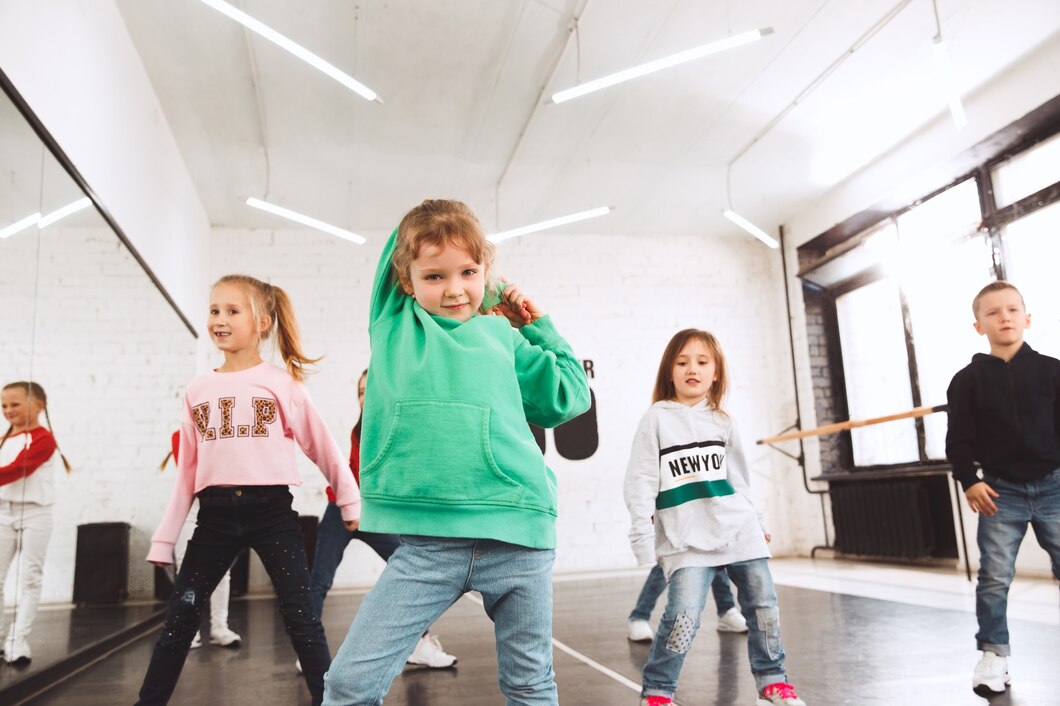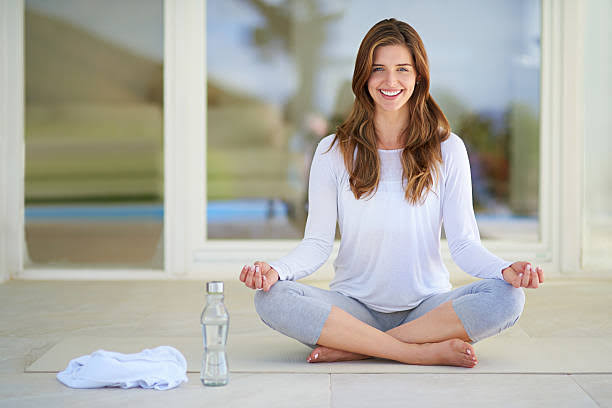Children’s Dance Class is the Perfect Activity for Your Child

Looking for a fun and engaging activity for your little one? A children’s dance class might be the perfect choice! Dance is not only a great way for kids to burn off energy, but it also offers numerous benefits for their physical, social, and emotional development. In this blog post, we’ll explore why enrolling your child in a dance class could be one of the best decisions you make, what to expect from a typical class, and how to choose the right one for your kid.
What Are the Benefits of Children’s Dance Classes?
Children’s dance classes are more than just learning to move to music; they are a full-body experience that helps kids grow in many ways. Here’s why dance classes are great for kids:
1. Physical Health and Fitness
- Dance classes are an excellent form of exercise, helping kids stay active in a fun way.
- They improve flexibility, coordination, balance, and strength, contributing to overall physical development.
- Unlike some sports, dance classes encourage full-body movement, making them a great cardio workout that helps maintain a healthy weight.
2. Social Skills and Teamwork
- In dance class, children interact with peers, learning valuable social skills like communication, cooperation, and respect.
- Group activities and partner exercises teach them how to work as part of a team, building strong friendships along the way.
- It’s a great way for shy kids to open up and become more comfortable in social settings.
3. Boosts Creativity and Self-Expression
- Dance is an art form, and children’s dance classes give kids the freedom to express themselves through movement.
- Through improvisation exercises and creative routines, kids can explore their imaginations and develop a love for the arts.
- Learning new dance moves and routines also builds confidence, giving kids a sense of accomplishment when they master new steps.
4. Improves Focus and Discipline
- Dance classes have structured routines that require children to pay attention and follow instructions, which improves focus.
- Repeating dance movements teaches kids discipline and perseverance, skills that are useful in other areas of life, like schoolwork.
- Kids learn to set goals and work toward achieving them, whether mastering a new dance move or preparing for a recital.
What to Expect in a Typical Children’s Dance Class
A children’s dance class is designed to be fun and engaging while introducing kids to the basics of dance. Here’s a typical breakdown of what happens in a class:
1. Warm-Up
- Classes usually begin with a warm-up, involving simple stretches and movements to get the muscles ready.
- This helps prevent injuries and prepares kids for more active exercises.
2. Learning Dance Moves
- After the warm-up, instructors teach basic dance moves tailored to the age group.
- Younger kids might start with simple steps, while older children can learn more complex routines.
- The instructor often uses playful activities to teach rhythm, timing, and coordination.
3. Group Choreography
- As kids get comfortable, they learn to perform dance routines together as a group.
- This is where they start to develop a sense of timing and rhythm while working with others.
- Kids enjoy the feeling of being part of a team, and it’s great preparation for public performances or recitals.
4. Cool Down and Stretching
- At the end of the class, a cool-down session helps kids relax and stretch their muscles.
- This part of the class also allows them to wind down and reflect on what they’ve learned.
How to Choose the Right Dance Class for Your Child
Finding the perfect dance class can feel like a big decision, but keeping a few factors in mind can make the process much easier:
1. Consider Your Child’s Interests
- Does your child love energetic hip-hop music, or are they more interested in the graceful movements of ballet?
- Choosing a dance style they enjoy will keep them motivated and excited about attending class.
2. Check the Class Size
- Smaller class sizes ensure that each child gets enough attention from the instructor.
- This is especially important for beginners who might need extra help with new dance moves.
3. Look for Qualified Instructors
- A great dance instructor makes all the difference. Look for teachers who are experienced and certified.
- It’s also a good idea to attend a trial class or observe a session to see how the instructor interacts with the kids.
4. Balance Fun with Learning
- While it’s important for kids to enjoy themselves, the best classes balance fun with structured learning.
- The right class should help children grow as dancers while making sure they have a great time.
Conclusion: A Dance Class Is a Gift That Keeps on Giving
A children’s dance class offers much more than just a chance to groove to the latest songs. It’s a way for kids to stay active, make new friends, and build lifelong skills. Plus, it’s a great way for them to express themselves creatively and build confidence. If you’re looking for a hobby that will bring a smile to your child’s face while helping them grow, a dance class might be just what they need!
Frequently Asked Questions (FAQs)
1. What is the best age to start a children’s dance class?
Most dance studios offer classes for kids as young as 3 years old. This is a great age to introduce basic movement and rhythm. However, older kids can start anytime as there are classes tailored for all ages and experience levels.
2. How many times a week should my child attend dance class?
For beginners, attending class once or twice a week is usually enough. As they become more interested and skilled, they may want to join more sessions or specialized classes.
3. What should my child wear to a dance class?
The appropriate attire depends on the type of dance. Ballet classes often require leotards and tights, while hip-hop classes might be more relaxed with comfortable, loose clothing. Check with the dance studio for specific requirements.
4. Can dance classes help my child’s self-esteem?
Yes, dance classes can boost self-esteem! Learning new skills, performing in front of others, and achieving personal goals all help kids feel more confident in themselves.
5. Are dance classes expensive?
The cost varies depending on the studio, the instructor’s experience, and the location. Some studios offer discounts for siblings or multi-class packages, so it’s worth asking about payment options.



